Last week Janae wrote about Relationships. This week I invited a friend of mine to be a guest writer for us. Suzann Panek Robins is widely read in the areas of spirituality, psychology, metaphysics, sexuality, and relationships. She’s been a professor at various universities and presented at conferences around the U.S. Suzann has a new book – Exploring Intimacy:Cultivating Healthy Relationships through Insight and Intuition published by Rowman and Littlefield.
One focus of her work is to teach the importance of integrating in your life the physical, mental, emotional and spiritual dimensions. She advocates for a holistic approach to create a more meaningful and healthy life. In her new book, Suzann promotes the idea that intimacy isn’t just what happens between romantic partners, but that people can have intimate relationships with any one they care about- at home, at work, with family and friends.
I asked her to share her views on relationships at work. I love her phrase to describe Intimacy- “into-me-I-see”
Below is her response with respect to team building and relations at work. The spirit of the team can be tied into their mission, values and vision.
The question of intimate relationships in the workplace is an interesting one. If we are talking about sexual relationships with co-workers, most people agree that is never a good idea. If we are talking about getting to know our co-workers more intimately, then this depends on the nature of the workplace. When people are expected to accomplish something together, then knowing more about the other person’s temperament and personality style is very important. Whenever people are working together as a team, the more they can know about each others needs, desires and goals, the more productive they will be.
The idea of knowing each others mission, vision, and values (MVV) is a good one. Sharing these MVVs is a great method for building team coherence. Teams need to agree on the mission and have a similar vision for the future outcome of the project. When each person has an opportunity to state their values in regard to the shared mission, then they can either agree to disagree on specific personal values or they can build consensus of how they will work together toward the desired outcome for the highest good of all concerned.
In addition, we must have a healthy relationship with ourselves before we can expect to have a satisfying relationship with anyone else. Healthy relationships mean we are aware of what we eat, and how it affects us. When we are healthy, we are conscious of how we spend our time, both in and out of the work place. For example: What do we do to relax? How well do we monitor our time on tasks that have no end, such as social media? Do our relationships outside of work interfere with our work? Does our work interfere with our home life? Do we have other social contacts outside of our colleagues? All of our relationships have an effect on our attention and our ability to get a job done efficiently.
Exploring Intimacy: Cultivating Healthy Relationships through Insight and Intuition, addresses the difference between temperament and personality. Temperament is a genetic predisposition toward a particular, preferred activity level, sociability, and emotionality. Longitudinal studies have shown that a baby’s response to these three measures is most always consistent over time. Active babies become active teenagers. Social outgoing children remain social and outgoing into adulthood. Adults who easily show their emotions most likely were emotional as babies. Therefore temperament is difficult to change. As we get to know other team members through this lens of temperament, we need to accept each other as we are, and not expect a response that is out of the comfort zone.
On the other hand, personality is more malleable, easier to change. Using Carl Jung’s personality traits, made popular by Myers-Briggs Type Inventory (MBTI), most of us tend toward being either more Introverted or Extroverted, Feelers or Thinkers, Sensates or Intuitives. We appear either Judgmental or Perceptive in various situations. However, in most cases, we can adapt our personality traits to work more easily as a team player and get any job completed in a satisfactory manner. When we become conscious of the scale of our personality preferences, we are able to moderate our reactions and responses to fit the people around us and complete the jobs we are required to do. When others around us are made aware of our preference in each of these four areas, they can also more easily adapt to our likely response, by recognizing “where we are coming from” and the scope of how we would commonly reply. When every member of the team is aware of themselves and how others see them, and every one takes personal responsibility for their personality and temperament preferences, a calm, productive work place ensues. This is brought to fruition by fostering intimate sharing between co-workers. in the sense of encouraging into-me-I-see and into-me-You-see.
Therefore, knowing about our own temperament and personality is necessary for building a team, and the more we understand how different personalities interact with each other, the more useful it will be to understanding how we might adapt to those around us. Especially, anyone we may find difficult or even annoying, so we can bring greater coherence to the project outcome. When each person’s mission, vision, and values are also discussed, the time it takes to reveal our similarities and differences is time well spent.
Let us know what you think of Suzann’s ideas for creating healthy relationships in teams. We can have Suzann back as a guest writer to share her views on spirituality at work and other ideas for creating meaningful relationships at work.
*********************
For more resources, see our Library topic Spirituality in the Workplace.
——————
Linda is an author, speaker, coach, and consultant. Go to her website www.lindajferguson.com to read more about her work, view video clips of her talks, and find out more about her book “Path for Greatness: Spirituality at Work” available on Amazon.











